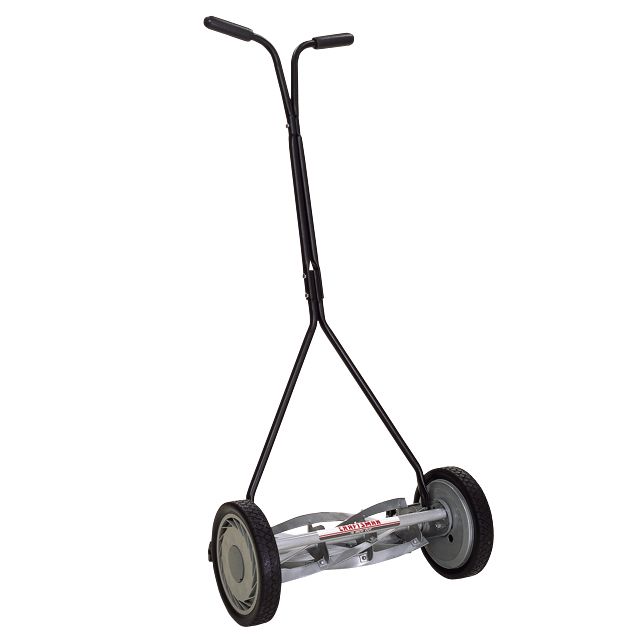When I bought my reel mower two summers ago it was for environmental reasons and to stop wasting money on fuel for my gas mower. What I didn't know is how amazing it was to see five helical blades spin around, sheering the grass and throwing it aside like a scythe cutting wheat. Very cool.
But machines need maintenance or will otherwise stop working. Now, at the end of 2010, I think back on the on my recent machine repairs around the KSModern home. They include the following:
- The clothes dryer stopped working. Well, it actually was the drum that wouldn't turn. But a couple of hours replacing a belt and about $20 later, it's as good as ever
- The clothes washer also needed repair. It worked, but the agitator stopped agitating. This was a very simple fix, after spending about $5 on the agitator dogs and maybe 20 minutes on the repair
- The dishwasher. The worst of them all. I nearly paid $500 for a new one at Sears. In fact, I bought it, but then cancelled my order when I realized I could replace the pump motor myself. It was only about $25, but wow was this a lot of back breaking work
- A Marshall amplifier that I picked up from the trash. I replaced the input jack, soldered it to the board and it works like new
- An Epiphone Les Paul. My bandmate had this guitar as a broken spare. Someone had left it at the bar after a gig, but never returned to pick it up. It was heavily abused and needed work, and I brought it back to life and it now plays quite well, actually
- A Hanns-G 17" widescreen monitor for my girlfriend. This was a broken monitor from work. I found another on the eBay to use as a spare, then replaced the internal power board and LCD module to get it going
- A Sylvania 17" widescreen LCD TV for my daughter. Not technically a repair, but its functionality was unknown and my company was going to recycle it. I salvaged it and bought an AC adapter on the eBay for $15. Works great
- Three desktop computers from parts that my company was going to recycle. One Vista machine and two XP. All three are nice clean systems


























